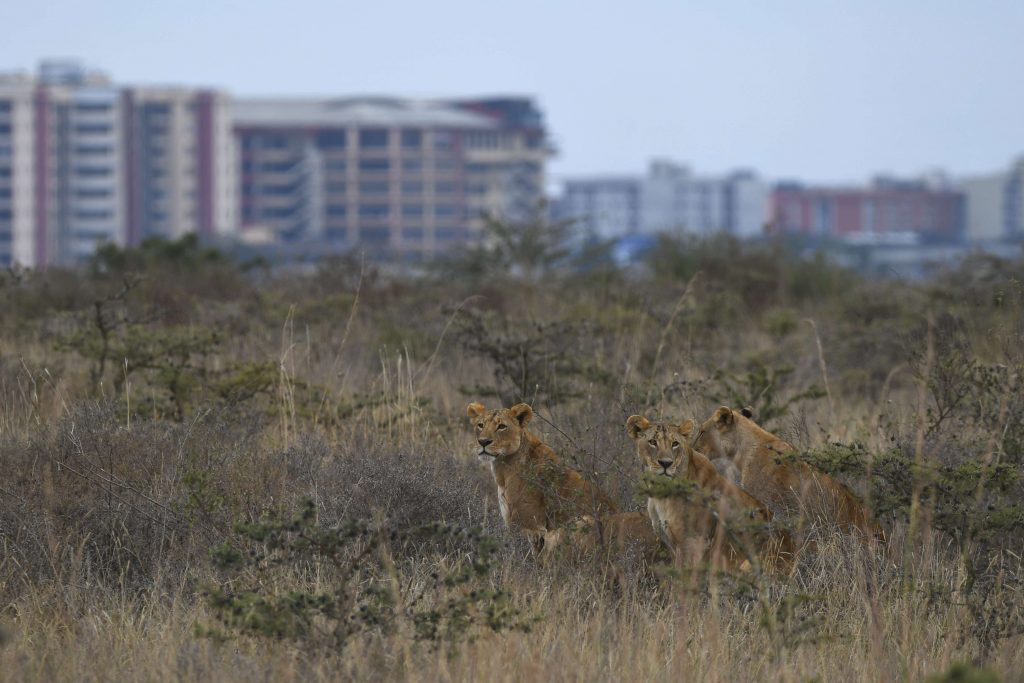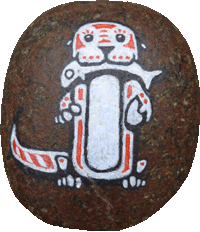Wednesday 10 Aug
Feels like a very long first day (I think a 5am breakfast can lead to that impression!). We were picked up at 6am by our guide Shem, for a morning game drive in Nairobi NP. This is quite an astonishing park, as the entry gates really are in the city, and the whole park – all 200 sq km – is almost surrounded by built up Nairobi suburbs. Yet the wildlife is all native and original, and there are still a couple of wildlife corridors to nearby areas of wilderness and conservancy.
And so it remains a place where you can watch three lionesses move through the scrub with their cubs, with the backdrop of a capital city’s skyline behind them. Or see a towering giraffe with an even more towering downtown area behind them. We saw eland and rhinos and zebras and ostriches. Apparently there are even African clawless otters in the waterways, though we didn’t spot any.

Next, a four hour drive out of the endless built-up Nairobi and across a central part of Kenya, eventually through green hills, to reach Naro Moru River Lodge not far from Mount Kenya. Here we discovered very average food and some pretty basic accommodation. Maureen could do no more than suck the juices out of the fried lamb, as it was too tough for her teeth. On a positive note, it’s set in a very pretty riverside garden with Southern Tree Hyrax to entertain us (and to croak and squeal loudly through half the night!).
We also had time for an afternoon drive in the Solio Rhino Conservancy, bringing Shem’s driving time up to 10 hours for the day! This place lived up to its name, as we must have seen almost 20 white rhinos, along with waterbuck, vervet monkeys, warthog, Nubian giraffes and a rare sub-species of hartebeest called the Lelwel. No black rhinos though.
Rhino identification tips: the white rhino grazes on grass, while the black rhino browses on leaves. This leads to a handful of differences. The white tends to hang its head down all the time while the black’s head is more horizontal. The white has wide “grass hoover” lips while the black has a pointed leaf-grabbing lip. The white is found in more open country, the black in denser scrub and bushes. And a white baby will run in front of its mother while a black baby will run behind (because the black will be trying to run into dense cover so mum will make a path for baby). So now you know.
So yeah, a very long day. Shem is a great guy, friendly and knows plenty about Kenya and the wildlife, and is obviously great at epic drives. Turns out he was a mechanic before he strayed into wildlife guiding.

Related Images:













































